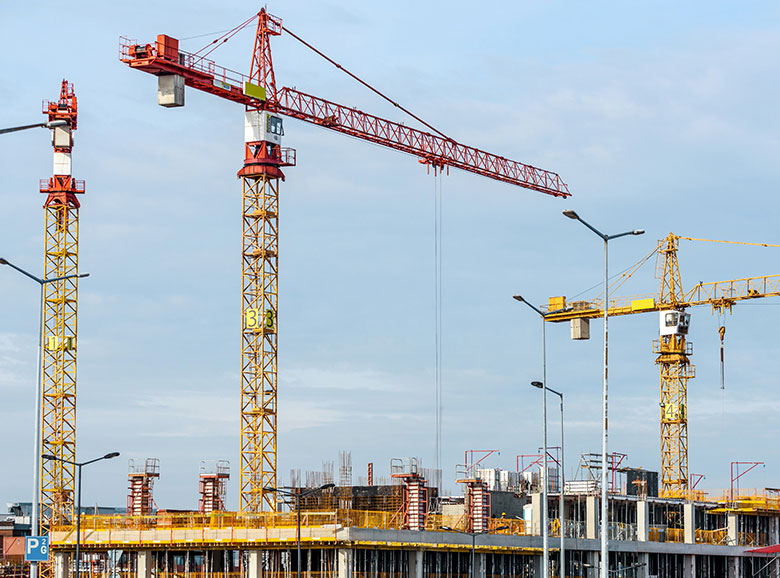Construction covers the processes involved in delivering buildings, civil as well as steel infrastructure and industrial facilities, and associated activities through to the end of their life. It typically starts with planning, financing, and design, and continues until the asset is built and ready for use; construction also covers repairs and maintenance work, any works to expand, extend and improve the asset, and its eventual demolition, dismantling or decommissioning.
In general, there are three sectors of construction:buildings, infrastructure and industrial. Infrastructure, also called heavy civil or heavy engineering, includes large public works, dams, bridges, highways, railways, water or wastewater and utility distribution. Industrial construction includes offshore construction (mainly of energy installations), mining and quarrying, refineries, chemical processing, power generation, mills and manufacturing plants which includes structural elements also. Structural Engineering in construction is a sub-discipline of Civil Engineering in which structural engineers are trained to design the ‘bones and muscles’ that create the form and shape of man-made structures. Structural engineers need to understand and calculate the stability, strength and rigidity and earthquake of built structures for buildings and non building structures.
The structural designs are integrated with those of other designers such as architects and building services engineer and often supervise the construction of projects by contractors on site.

